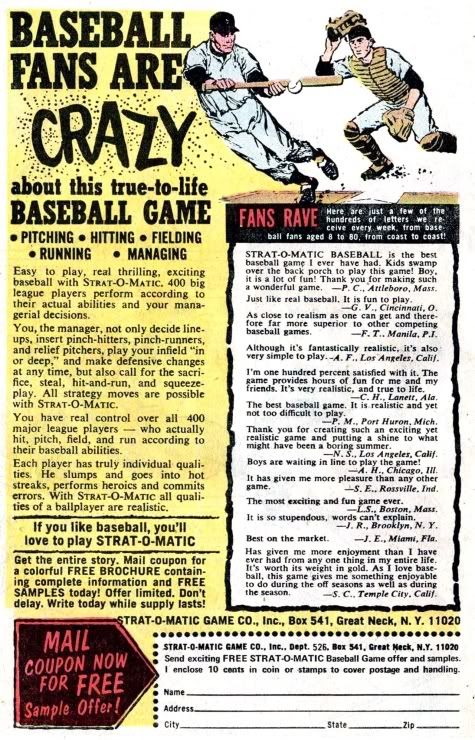Last night (2011-04-11) the Seattle Mariners pulled off a preposterous comeback, defeating the Blue Jays 8-7 after trailing 0-7 heading into the seventh inning. Other teams have had comebacks from being down by 7 runs, and pulled off comebacks in bigger games. But as
Rob Neyer has pointed out, what made this so unexpected and so special was that the Mariners have been, in a word, hapless. The early part of this game was the best/worst example of their struggles.
The
FanGraphs plot (chart below) follows what has become a disturbing Mariner trend this year -- the line quickly plummets to the sub-10%
win expectancy range in the early innings, and slowly drifts towards zero from there. (Check out the games vs. Cleveland
the day before and
the home opener on 2011-04-08 for recent examples). This time, after bottoming out at 0.3% when Luis Rodrigez (the game's eventual hero) struck out to lead off the Mariner half of the seventh inning, the WE line zigzagged its way to the other end of the scale.
 |
| Blue Jays @ Mariners, 2011-04-11 (source: FanGraphs) |
For the Mariners, a second consecutive 100 loss season (which would be the third in four seasons) is not at all out of the question. But for the fans who stuck with it last night, this was one for the ages. Or the
U.S.S. Mariner game summary, quoted here in its entirety: "That was horrible, then awesome. Baseball is fun."
The title I used for this entry is a reference to Bruce Cockburn's song "Lovers in a Dangerous Time". In the article linked above, Neyer wrote "It was somebody smart, or maybe an episode of
Scrubs, that said nothing worth having comes easy." The song contains the line "Nothing worth having comes without some kind of fight/Got to kick at the darkness until it bleeds daylight". In the late innings of last night's game, the Mariners showed some kick.
-30-






